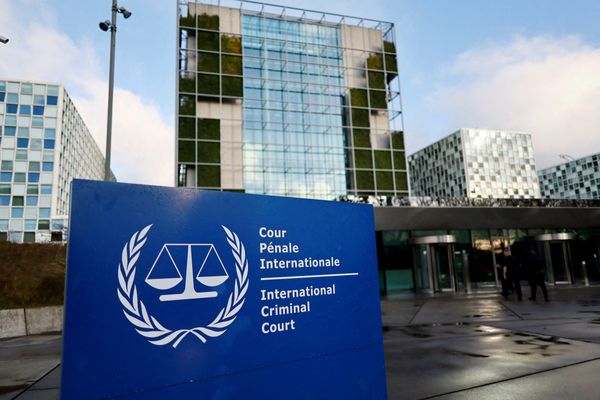
The New South Wales Environment Protection Authority will begin a water sampling program on Friday as part of its investigation of the Cadia goldmine, sparked by reports of heavy metals being found in people’s bloodstream and drinking water.
The free testing program was offered at a community meeting in Millthorpe, a town about 20km from the Newcrest Cadia Hill goldmine, in the NSW central west on Wednesday.
It’s the second community meeting the EPA has hosted in three weeks.
Steve and Suzanne Johnston attended both, and said Wednesday’s meeting had much higher attendance than the first, a fact they attribute to a community group distributing flyers in the region.
The Johnstons live 2km out of Millthorpe, towards the goldmine, and were among those who signed up to have their rainwater tested by the EPA.
They decided to wait for the water testing results before getting their blood tested.
The EPA executive director of operations, Carmen Dwyer, said about 54 people attended the meeting to hear an update on the EPA’s investigation, and from representatives from NSW Health. Guardian Australia did not attend the meeting, but Dwyer said attenders “asked questions around the water and air sampling programs and the interpretation of their existing results”.
Free water testing has been offered to owners and occupiers of land in the Cadia Valley, the EPA said, but it added that local councils are responsible for managing water treatment of mains water, and tank water is the responsibility of private residents.
“The purpose of this testing is to determine the presence of any metal contamination, as part of our broader monitoring program,” a NSW EPA spokesperson said. “We will be taking water samples from household kitchen taps, tank taps and sludge from tanks on residential properties which are rainwater dependent.”
It follows five rounds of water testing in an independent laboratory as part of a citizen survey, organised and led by the Cadia Community Sustainability Network. In March NSW Health and Newcrest also conducted their own testing.
An estimated 1,000 people live within the 15km radius of the mine, and rely on rainwater for drinking. At this stage there is no confirmation that the heavy metal contamination has come from dust plumes attributed to the mine, and tracing the source of the contaminants will form part of the EPA investigation.
Stuart Riles, who lives less than 10km from the mine near Forest Reefs, got his blood tested after the first community meeting and said the results were in “normal range”.
“Being in normal range while some of my near neighbours are not – I put that down to keeping my gutters clean and having a divert/first flush system [for rainwater tanks] in place for years,” he said.
Riles is now planning to don a wetsuit to “de-sludge” the bottom of his rainwater tank. He will then refill one-third of the tank with bore water and reconnect his gutters, which he disconnected after attending that first meeting in May.
Newcrest said it has commissioned a health risk assessment by an external environmental expert and undertaken independent lead isotope testing and a dust fingerprinting study, both of which are nearing completion and will help to identify the source of any lead contamination reported in household water tests.
“We have been cooperating with the EPA and already have work in progress to ensure that we comply with the EPA’s Prevention Notice,” a Newcrest spokesperson said.
Newcrest was made aware that local residents have recently undertaken blood testing but has not received a formal notification from NSW Health of any results containing elevated heavy metal levels.







